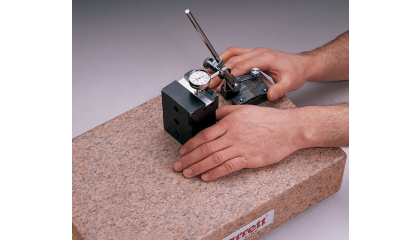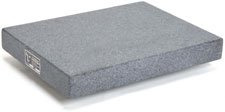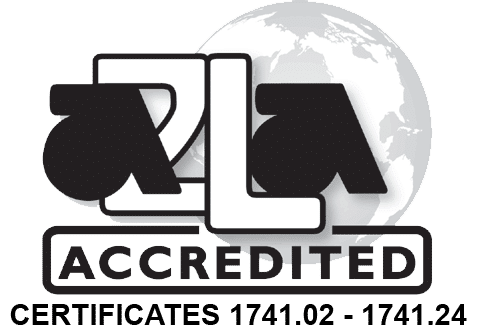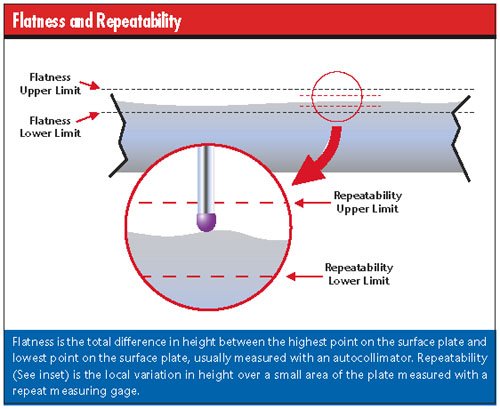Why You Should Calibrate Your Surface Plate
Surface plates are the foundation for many dimensional measurements, and properly caring for your surface plate is necessary to ensure measurement accuracy.
Granite is the most popular material used for surface plates due to its ideal physical characteristics, such as surface hardness and low sensitivity to temperature fluctuations. However, with continued use surface plates do experience wear.
Flatness and repeatability are both critical aspects for determining whether or not a plate provides a precise surface for obtaining accurate measurements. The tolerances for both aspects are defined under Federal Specification GGG-P-463C. Flatness is the measurement of distance between the highest point (the roof plane) and the lowest point (the base plane) on the plate. Repeatability determines if a measurement taken from one area can be repeated across the entire plate within the stated tolerance. This ensures that there are no peaks or valleys in the plate. If readings are not within stated guidelines, then resurfacing may be required to bring the measurements back into specification.
Routine surface plate calibration is necessary to ensure flatness and repeatability over time. The precision measurement group at Cross is ISO 17025 accredited for calibration of surface plate flatness and repeatability. We utilize the Mahr Surface Plate Certification System featuring:
- Moody and Profile Analysis,
- Isometric or Numeric plots,
- Multiple Run Average, and
- Automatic Grading According to Industry Standards.

The Mahr Computer Assisted Model determines any angular or linear deviation from absolute level, and is ideally suited for highly precise profiling of surface plates.
Intervals between calibrations will vary depending on the frequency of use, the environmental conditions where the plate is located, and the specific quality requirements of your company. Properly maintaining your surface plate may allow for longer intervals between each calibration, helps you avoid the added cost of relapping, and most importantly ensures the measurements you obtain on the plate are as accurate as possible. Although surface plates appear robust, they are precision instruments and should be treated as such. Here are some things to consider regarding care of your surface plates:
- Keep the plate clean, and if possible cover it when it is not in use
- Nothing should be placed on the plate other than gages or pieces to be measured.
- Don’t use the same spot on the plate every time.
- If possible, rotate the plate periodically.
- Respect the load limit of your plate

The precision measurement professionals at Cross are here for you – take a look at our surface plate calibration services and contact us if you have questions or want to learn more about the suite of measurement products and solutions we can provide!


